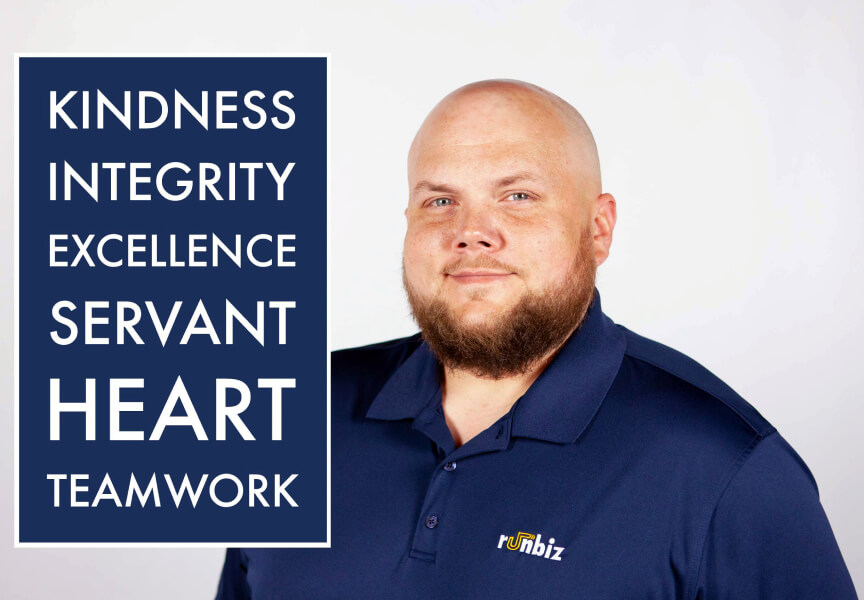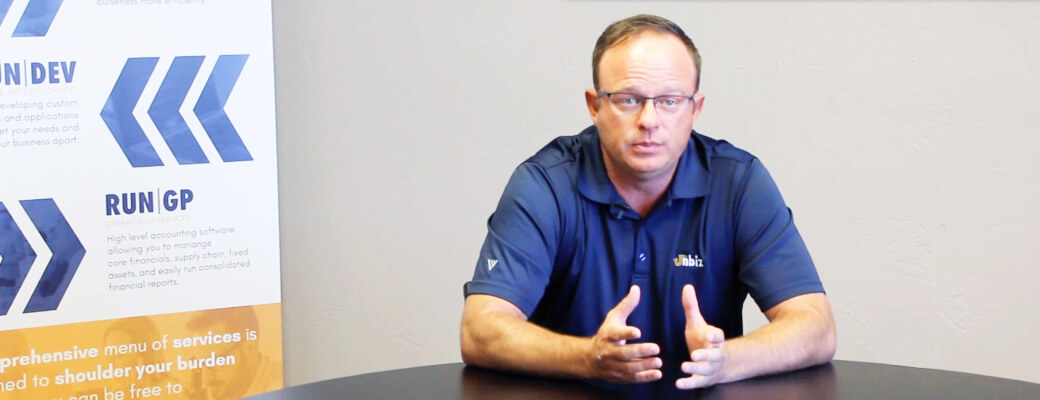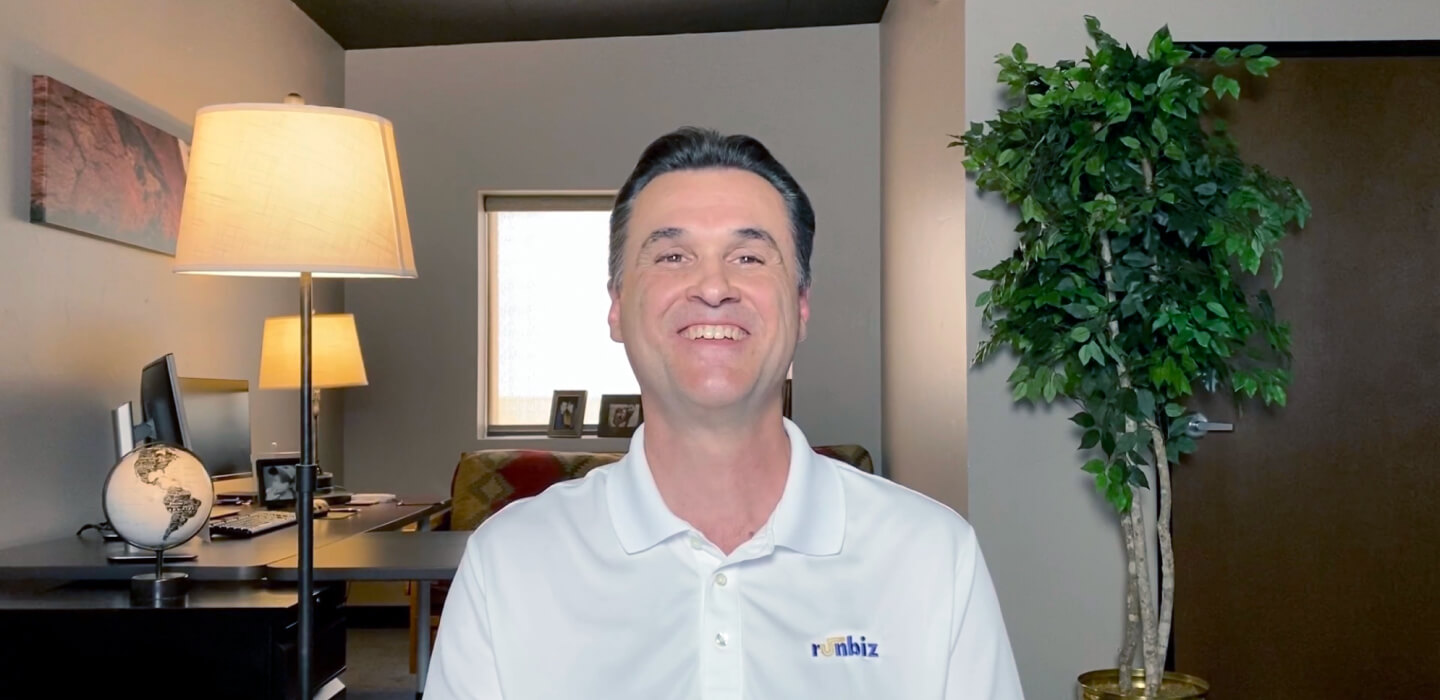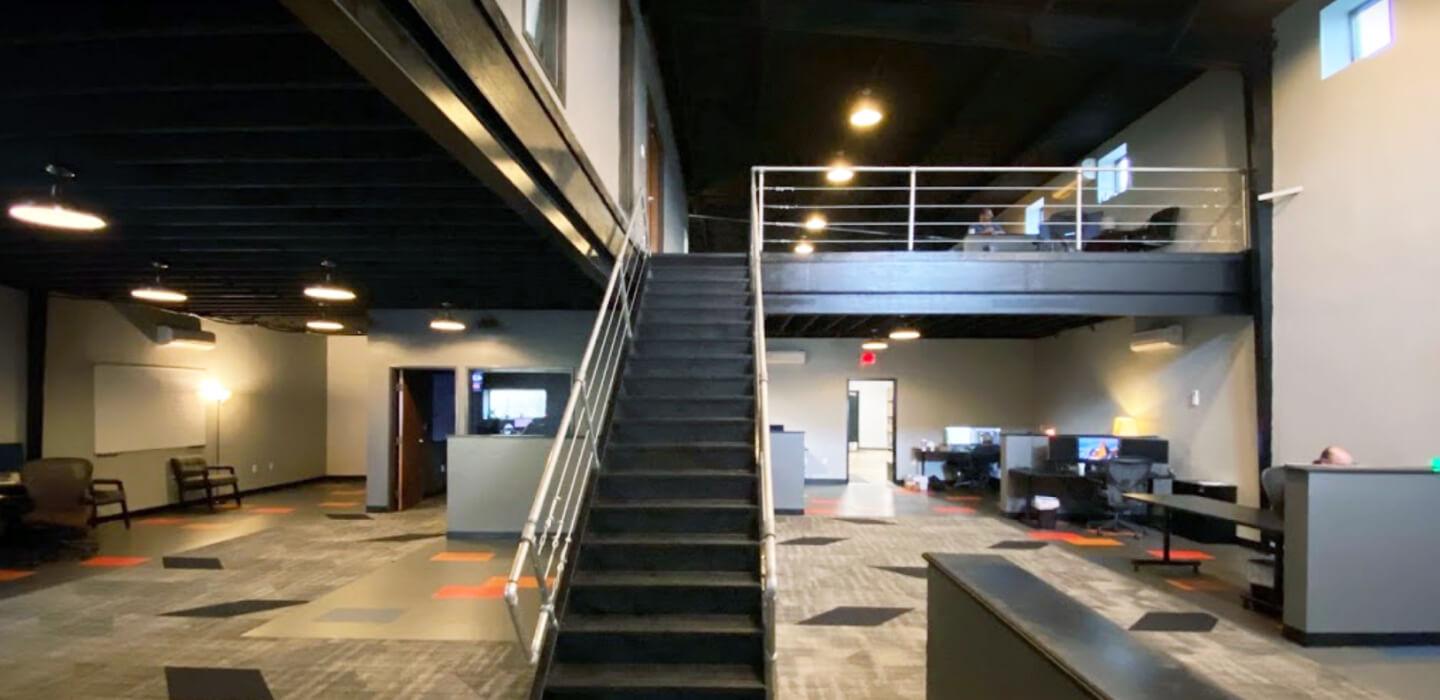Runbiz


I look at our reporting every day—that's where it really matters. Since switching to Backblaze, it's all green checkboxes showing that the data successfully replicated and was verified. Now, we're on the green side of the fence.
Daniel Hill, Centralized Services Manager, Runbiz
Daniel Hill, Centralized Services Manager for Runbiz Solutions, a managed IT service provider, knew the company was spending way too much to back up StorageCraft data off-site for their clients. He implemented more affordable options, but then found himself wasting weeks of his time dealing with reliability issues and replication failures.
When he found Backblaze B2 Cloud Storage, Hill set up a test bucket before even reaching out for a sales call. Later, after working with the Backblaze B2 team to test progressively larger client cohorts with no issues, Runbiz migrated all 240+ clients away from their previous solution and started replicating their StorageCraft backups to Backblaze B2.
Hill’s quest for an affordable, easy to use storage solution proved fruitful. He reduced Runbiz’s storage bill by 94% monthly. Because of Backblaze B2’s reliability, his reporting boasts columns of beautiful green checkmarks showing successful replications across the board. Now, Hill can focus his attention on new opportunities for creating efficiency and bolstering security.

Run Business Solutions (nicknamed Runbiz by their clients) was founded by Drew Terrell, Verone Leimer, and Toby Giddens on the premise that all companies need the full function of an Information Technology department. Runbiz provides expertise in strategic IT planning, network engineering, IT operations and support, database administration, accounting systems, and custom app and website development. They deliver these core IT functions for organizations ranging from schools to nonprofits to corporations across the country.

Daniel Hill reviewed yet another backup performance report bleeding with red X’s. Plagued by replication failures and high data storage costs, he knew he needed to find a better solution.
When Hill joined Run Business Solutions (Runbiz) as a network engineer in 2015, he started questioning the way things had always been done. Responsible for backing up data for more than 240 clients—from ophthalmologists to oil and gas companies—he wanted to develop new ways to optimize centralized data services.
Runbiz uses StorageCraft data protection and management software to administer backup plans for their clients. At the time, Runbiz also used StorageCraft’s Cloud Services to replicate backups off-site—a key element of any healthy data management practice. But in this case, also an expensive one. “We were spending between $10,000 and $11,000 per month just for data charges from StorageCraft,” Hill said. He knew he could cut thousands from Runbiz’s monthly bills by identifying a more affordable cloud service for his backup solution.
A representative from Runbiz’s private cloud vendor suggested switching from StorageCraft’s Cloud Services to the vendor’s object-based private cloud. When Hill evaluated the proposal, it indicated storage costs would be reduced to $4,000 a month with only $2,300 in licensing fees from StorageCraft—$3,700 less than they were spending to use StorageCraft’s Cloud. Hill successfully tested a small cohort of clients on the vendor’s solution, and Runbiz signed a three-year contract.
Unfortunately, what seemed like a dream solution soon became a nightmare. “There were some technical infrastructure issues that weren’t apparent when we started, that became very apparent as we migrated more clients,” Hill admitted. “It was such a pain to manage, and it didn’t work most of the time.”
When a replication failed, Hill had to delete the entire replication copy from the vendor’s object-based storage, restore the base backup from StorageCraft, and re-sync all the new changes. Relying on customer bandwidth meant the sync frequently failed. “Something would interrupt the connection, or you’d have a server reboot. It was a struggle,” he complained.
Hill had to start from scratch more than once, rebuilding the entire replication process for all their hundreds of clients from the ground up to repair its functionality. He estimated he spent between three to six months of his time over the last few years on rebuilds, going so far as to request infrastructure changes from the vendor’s developers.


There were some technical infrastructure issues [with our previous storage provider] that weren’t apparent when we started that became very apparent as we migrated more clients.
Daniel Hill, Centralized Services Manager, Runbiz
Locked into the contract, Runbiz asked the vendor for guidance. “Their solution was to drop StorageCraft altogether and move to another service,” Hill said. “It would have been a top-down rebuild of 240-something client servers. There was no way we were going to do that.” Even so, he ran through the logistics. Making the switch to an alternate solution meant Runbiz would need to spend thousands of dollars to spin up servers to house both sets of data during the migration, so as not to lose the ability to restore. It just wasn’t feasible.
Runbiz ended up moving some clients back to StorageCraft’s more expensive native cloud service just to make sure they could guarantee reliable off-site backup, reversing years of efforts to reduce their storage costs. It was a profoundly discouraging prospect to face.
Nearing the end of the contract, Hill once again sought a better solution. He tried migrating a test cohort of clients to another cloud storage provider, but ran into the same issues he faced with their vendor’s proprietary solution. “It was just not reliable. We had the same failure problems,” he acknowledged. Files inexplicably went missing from the cloud, breaking the StorageCraft sync. “We exhausted every option we could,” he reflected.

A coworker suggested Hill look into Backblaze B2 Cloud Storage. Three days later, before even reaching out to Backblaze, he set up a test bucket for a few clients. “Backblaze worked right out of the box,” he said. He then scheduled a meeting with the Backblaze team. After being burned by successful tests followed by dismal performance in the past, Hill still had doubts. “I was skeptical of Backblaze because of the price and our previous bad experiences with other vendors. When we walked into it, I was totally giving it 50/50—it may work, it may not work,” he confessed. “They’ve completely proven me wrong, and I’m so glad for that.”
Hill found Backblaze B2’s interface for creating storage buckets and setting application keys much easier to use than any of Runbiz’s previous solutions. He explains, “Whenever I do one thing, I have to do it 240 times, once for each client server. Because of the ease of use, Backblaze exponentially decreases the amount of time I have to spend setting clients up.”
Runbiz tested progressively larger cohorts then migrated every client from one of their vendor’s object-based storage devices with no issues inside of a week—approximately 30 clients and 64TB of data.
Eliminating the need for two storage devices and related infrastructure in the vendor’s private cloud saved the company around $4,000 per month. Moving all of their clients would save even more.


Backblaze worked right out of the box.
Daniel Hill, Centralized Services Manager, Runbiz
Hill met with the Runbiz team to review metrics on replication performance. They looked at the reduction in sync failures plus the time savings he recouped from Backblaze B2’s ease of use and decided to move all of their clients over.
“It’s impacting every division,” Hill remarked. In addition to backing up StorageCraft data for their managed clients, Runbiz’s development team and Microsoft Dynamics GP division now also use Backblaze B2 to back up their in-house servers and other select data. Because Backblaze supports many integrations, it eliminates the need to learn new tools or change workflows, allowing Runbiz to integrate their preferred software easily.
As a result, migrating clients from their vendor’s solution to Backblaze B2 was seamless. “Any issue I’ve run into has been resolved when I update the newest version of StorageCraft’s ImageManager [software for managing continuous backups]. It’s never been on Backblaze B2’s side out of the 240+ clients I’ve migrated thus far,” Hill reported.
Even relying on clients’ sometimes slow internet bandwidth hasn’t been a problem. “Because Backblaze actually works, we can upload larger files over their local connections. With our previous solutions, the backups would never complete.”


Any issue I’ve run into has been resolved when I update the newest version of StorageCraft’s ImageManager. It’s never been on Backblaze B2’s side out of the 240+ clients I’ve migrated thus far.
Daniel Hill, Centralized Services Manager, Runbiz
Backblaze B2’s reliability means Hill has more time to spend looking for other ways to improve network performance, data security, and operations. “I look at our reporting every day—that’s where it really matters. Since switching to Backblaze, it’s all green checkboxes showing that the data successfully replicated and was verified. All signs point to good, healthy off-site backups,” he observed. “Now that we’re on the green side of the fence, it gives me time to focus on patching and antivirus protection.”
Because Backblaze B2 is an affordable cloud storage service with no upload fees and no deletion fees, Hill can call his quest to cut storage costs complete. He now estimates the Backblaze storage bill will average $600 per month—a 94 percent reduction from what they were paying when Hill started. In his words, that’s a “complete win.”

The Backblaze B2 Storage Cloud is purpose-built for ease. It offers always-hot, S3 compatible object storage that supports your workflows via third-party software integrations, APIs, CLI, and web UI. And it’s priced for easy affordability at rates a fraction of other cloud providers. Businesses in more than 175 countries use the platform to host content, build and run applications, manage media, back up and archive data, and protect and recover from ransomware.